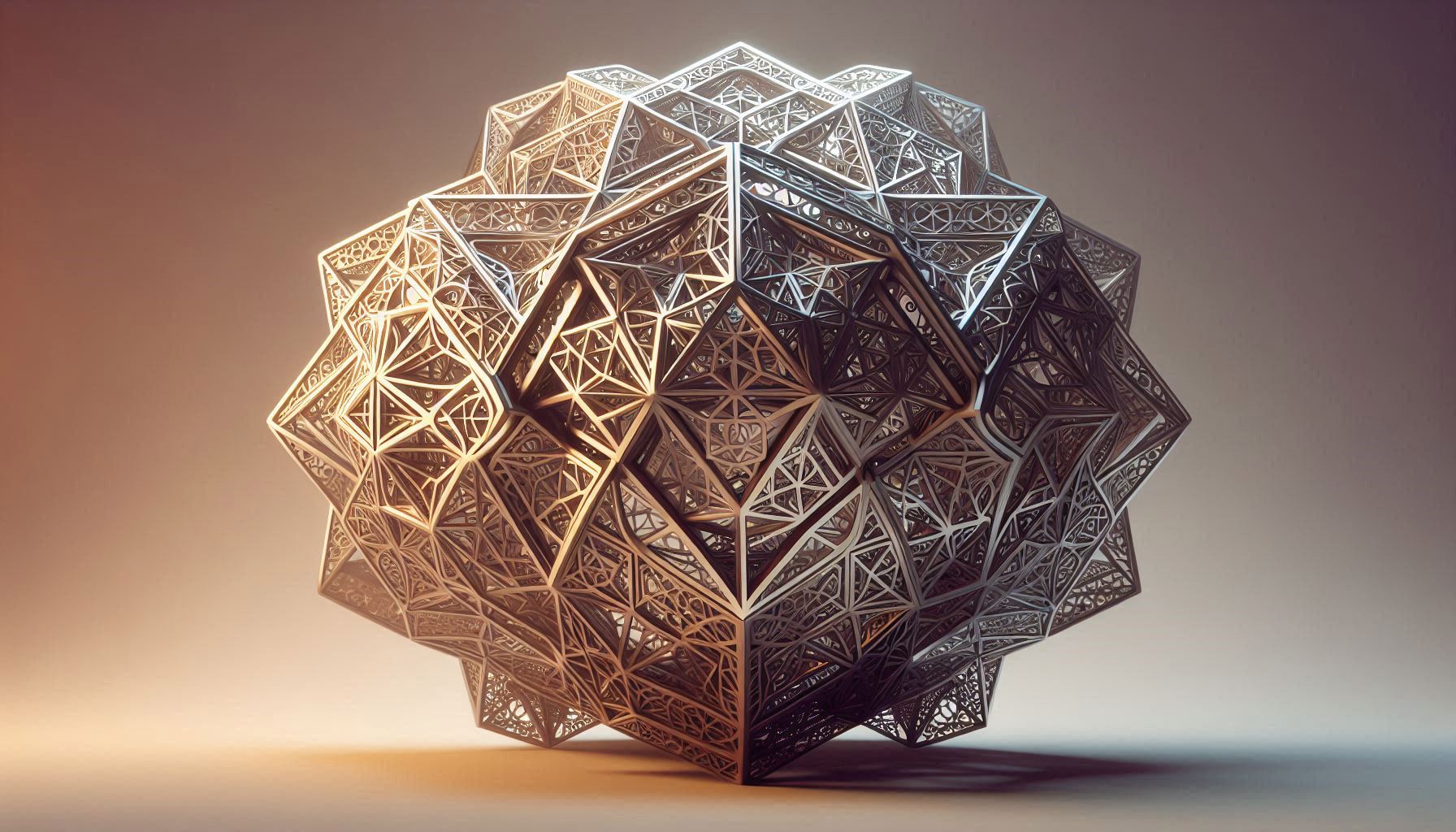When studying the respiration and photosynthesis of animals and plants, the word “complex” often comes up. A complex is a compound that has a structure in which metal and nonmetal atoms are coordinated. Coordinate bonds have a unique way of transferring electrons. There seem to be many complexes in the bodies of living organisms.
Famous complexes include vitamin B12 (a cobalt complex), chlorophyll (a magnesium complex), and heme (an iron complex). Chlorophyll is said to be related to photosynthesis in plants, and heme is related to the mitochondria of animals and plants. These two have similar structures and are called porphyrin complexes. Both are essential substances for life activities, but it is somewhat strange that they have such similar structures.
https://jspp.org/hiroba/q_and_a/detail.html?id=3637
Complexes are able to transport oxygen and other substances by forming structures that surround metal ions. In vertebrates, hemoglobin containing heme (iron complex) transports oxygen, in arthropods and mollusks, hemocyanin (copper complex), and in marine invertebrates, hemerythrin (iron complex). There is also myoglobin (iron complex), which is called respiratory pigment and turns bright red (hemoglobin), blue (hemocyanin), purple-pink (hemerythrin), or green (myoglobin) when bound to oxygen.
Respiratory pigments are mainly reflected in the color of the blood, but octopuses, squids, horseshoe crabs, and some insects have blue blood, while sea squirts have purple-pink blood. Icefish are the only animals that have no blood pigments and their blood is transparent. Many complexes have beautiful and rich colors due to the relationship between the metal’s electron orbitals.
https://natgeo.nikkeibp.co.jp/atcl/news/22/030200095
Complexes are not only found in living organisms, but also in nature, where they apparently form complexes to enclose water-insoluble metal nutrients with substances that have a high affinity for water, allowing them to be transported by water. Iron, which is necessary for life, is one such example, and organic matter called humus forms iron complexes to circulate iron in the sea and rivers.
https://www.hokudai.ac.jp/news/2020/03/4000km.html
Hydrangeas also form complexes that surround toxic metal elements, making them harder to absorb. Complexes are amazing. Hydrangeas form complexes with aluminum, which is toxic to plants, and trap them in their calyx. The color of the hydrangea changes depending on the amount trapped. Lichens also create complexes with radioactive cesium and retain them.
https://eco.kyoto-u.ac.jp/?p=9059
I looked into complexes, and I was amazed at the number of different types and chemical characteristics of complexes. I thought the colors of the complexes were beautiful, but also the molecular structures. Complexes exist in abundance in living organisms and in nature, and they are amazing for their versatility. The Earth is amazing.


